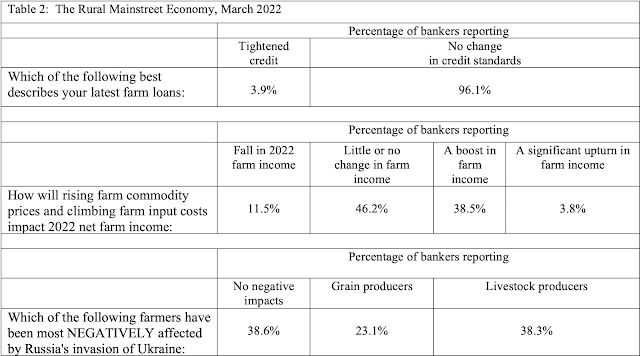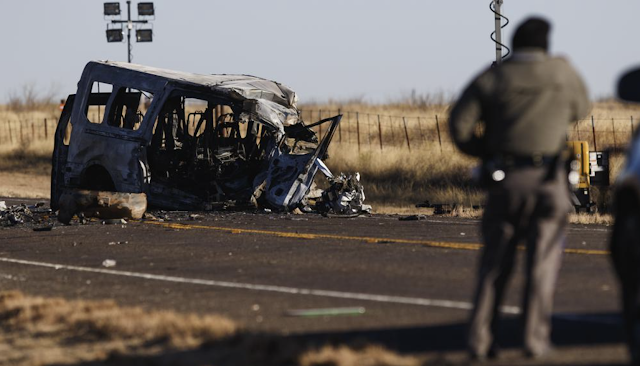In America's major cities, "The old-line metro newspapers mostly continue to decline" but "
new entrants are emerging, some of them quite promising," retired news executive Richard J. Tofel
writes in
Second Rough Draft, his Substack newsletter about journalism and the news business (which are not the same thing; the news business pays for journalism). But what about non-metropolitan areas? Tofel asks, "What will happen to local news elsewhere, especially in smaller towns and rural areas, and particularly in places where people don’t tend to have as much money" to support journalistic enterprises with subscriptions, memberships and donations?
 |
Richard J. Tofel
(Nieman Journalism Lab photo) |
Tofel, a former top executive at
The Wall Street Journal and
ProPublica, now runs a publishing consultancy,
Gallatin Advisory, and he admits he doesn't have an answer to his question. Last May, he
wrote a piece calling on local funders to keep pace with national philanthropy for journalism, but now seems to have fear that they won't be a major factor in saving local news.
He sees a future in which "for-profit general news organizations of less than enormous scale (and therefore almost all local digital outlets) will increasingly be dependent almost entirely on reader revenue." But paywalls "require high-quality content in high quantity, and while high quality is being achieved in many places, almost none have the resources to achieve it regularly. That leaves the nonprofit donor/member model, which is the one adopted by most of the new entrants, and it is the area of the greatest progress right now. But what about communities of less particular interest to donors, and with fewer potential contributing members?"
"There is a scenario—in the medium term perhaps a likelihood—that many of the poorer, more sparsely populated parts of our country face an especially bleak news picture. For them, advertising won’t be enough, readers and local donors lack resources, and help from the national philanthropic cavalry may not arrive, at least yet," Tofel writes. He says he's encouraged by nonprofits like Mountain State Spotlight in West Virginia, Mississippi Today and the Mississippi Center for Investigative Reporting, but those are state-based news outlets that do little of the granular local reporting traditionally done by local newspapers.
Tofel writes, "There is a scenario—in the medium term perhaps a likelihood—that many of the poorer, more sparsely populated parts of our country face an especially bleak news picture. For them, advertising won’t be enough, readers and local donors lack resources, and help from the national philanthropic cavalry may not arrive, at least yet. . . . Such an outcome would almost certainly deepen fissures in our society, fissures between poor and rich, between the better and less well educated, between those of opposing political beliefs."
Tofel concludes, "The problem of local news for the poor, rural and parched is the hardest nut at the heart of our news problems today. It’s important, at the very least I think, to keep it in mind."





















